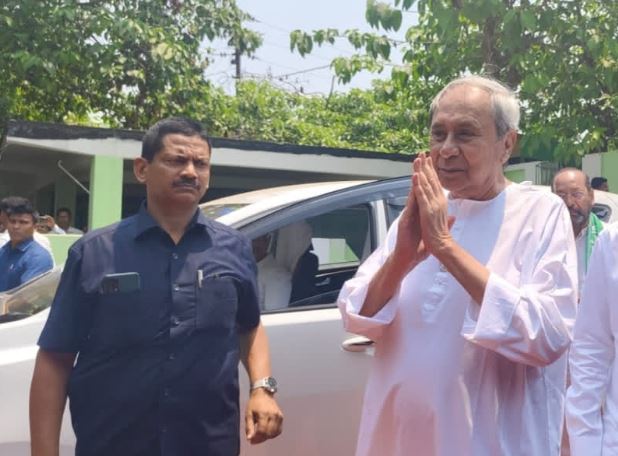Since the onset of the pandemic, there has been growing concern over the extent to which income and wealth disparities have widened in the country during this period. This has come at a time when uncertainties have become almost abiding. The rising unemployment rate, increasing casualisation of the
workforce, rising dependence on MGNREGA and financial distress among MSMEs, when seen against
the booming profits of large firms, a soaring stock market, and the vaulting fortunes of the rich, lends
credence to the view that Covid-19 has exacerbated inequalities across various axes. A layman’s
observation will also testify for this. However, in the absence of firm and reliable data, it is difficult to
accurately estimate the extent to which the distribution of income has worsened during this period. A new
survey carried out by People’s Research on India’s Consumer Economy (PRICE), a think tank, attempts
to fill the void. As reported in this paper, data gathered in the survey indicates that the annual income of the poorest 20 per cent of households in India declined by around 53 per cent in 2020-21 compared to levels observed in 2015-16. In comparison, incomes of the top 20 per cent households grew by 39 per cent over the same period. A consequence of this divergence is that the richest 20 per cent of households (the top quintile) accounted for 56.3 per cent of total household income in 2021, up from 50.2 per cent in 1995. The survey affirms that the urban poor have borne a disproportionate burden of the loss. As per the data, of the poorest 20 per cent of households, the share of urban households has risen from 10 per cent earlier to 30 per cent now, with the casual wage labour, petty trader, and household workers in Tier 1 and Tier 2 cities having been hit the most. Surveys in India tend to underestimate household consumption and income when compared to data from the National Accounts. In the case of some surveys, the extent of underestimation has actually widened over the years. This makes it difficult to arrive at precise estimates of the distribution of income, consumption or wealth or their averages across various population
subgroups. However, the data gathered in this survey does provide some sense of the extent of the economic pain caused by the pandemic. Considering that large parts of the economy continue to face financial distress, this needs to be urgently addressed. The upcoming Union budget provides the government an opportunity to intervene aggressively to ease the pain.











More Stories
India – New Zealand joint trade committee acknowledges in both economies
PM Gears Up for Bengal Blitz with Public Meetings in Key Constituencies On May 3
Docs Warn Gym Goers as Sudden Heart Attacks Return, Killing at least 4